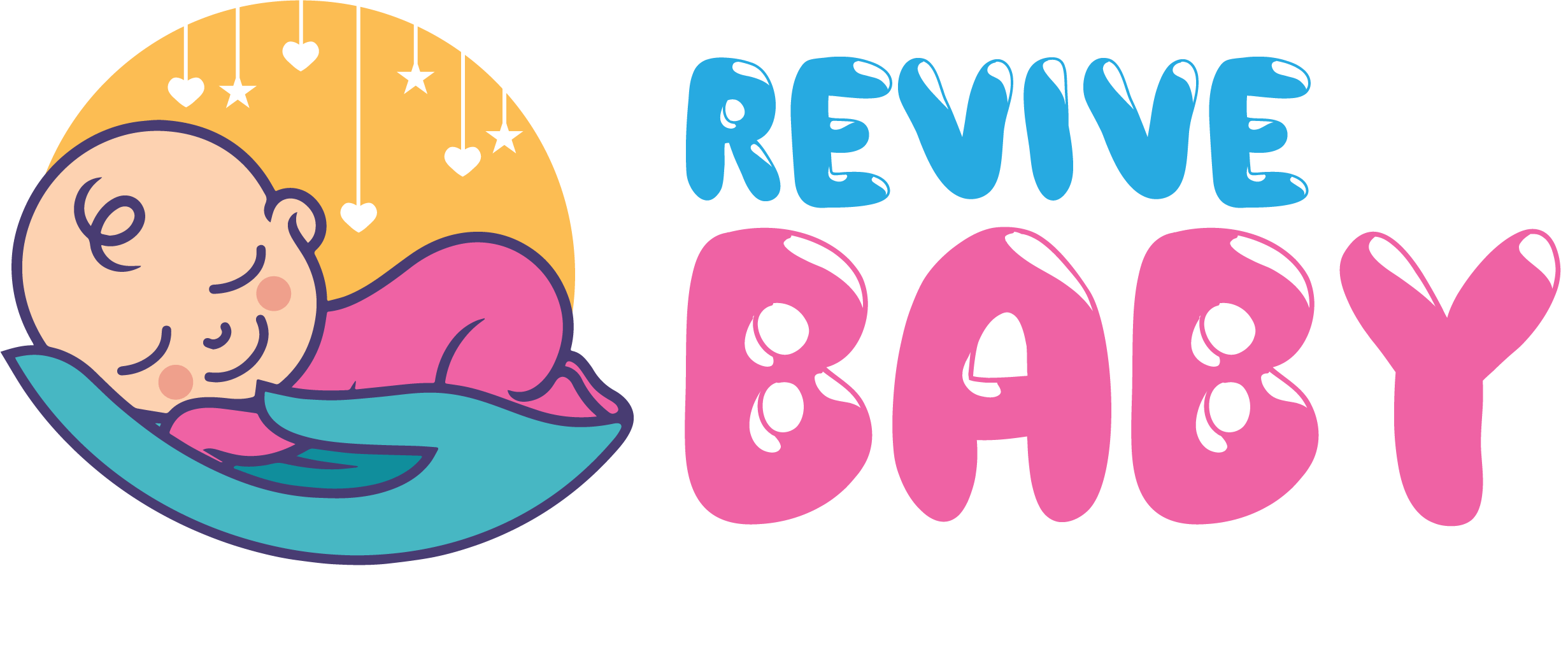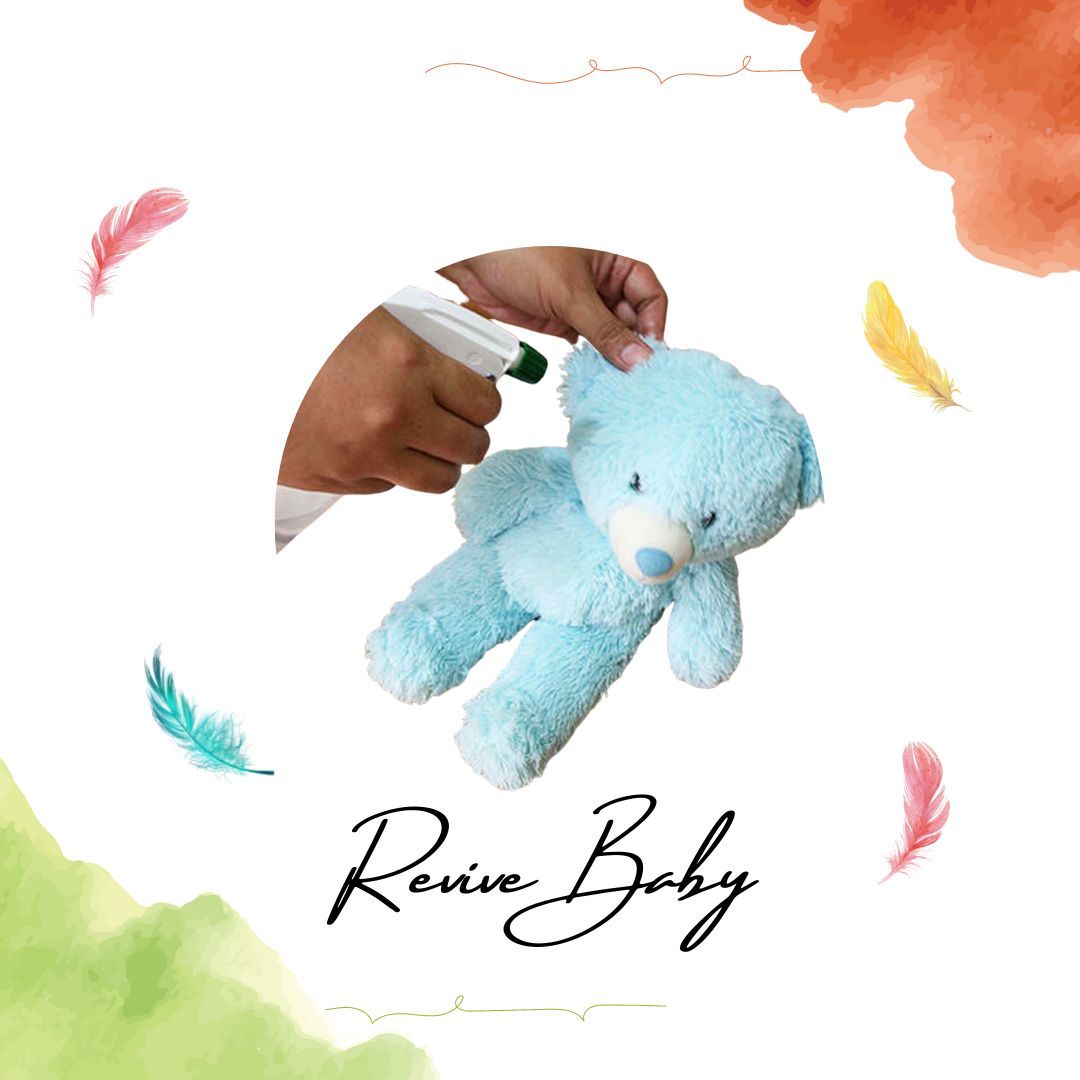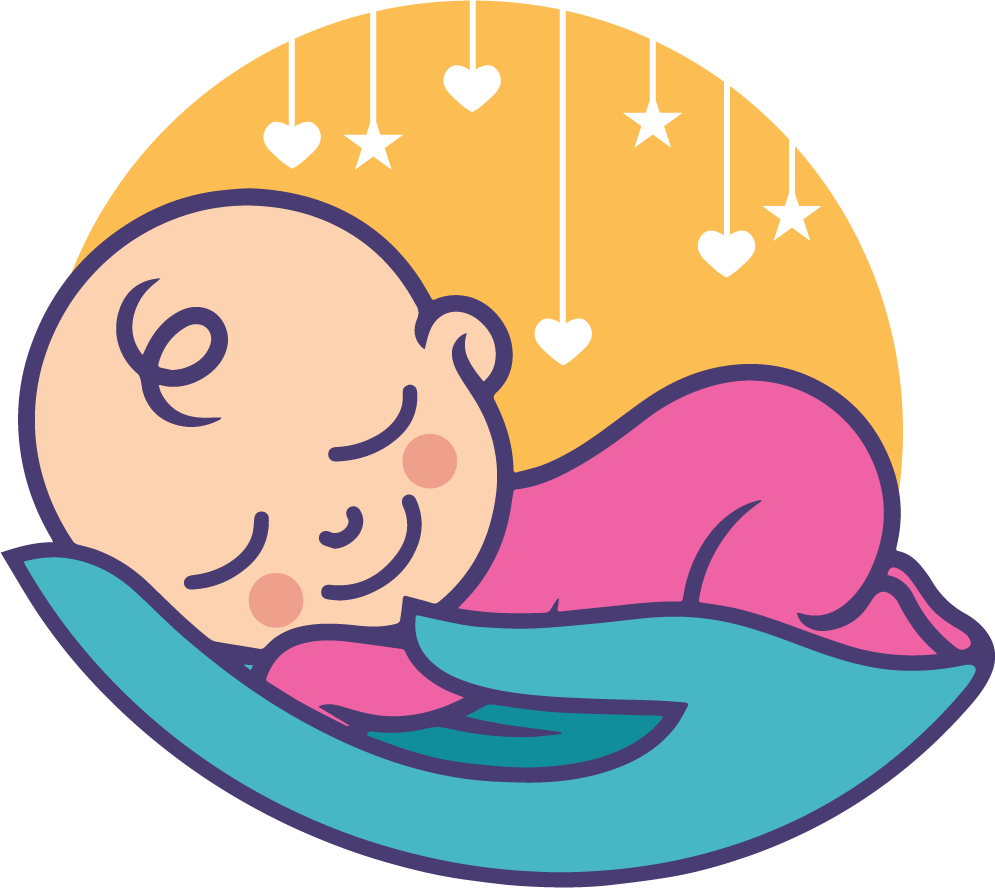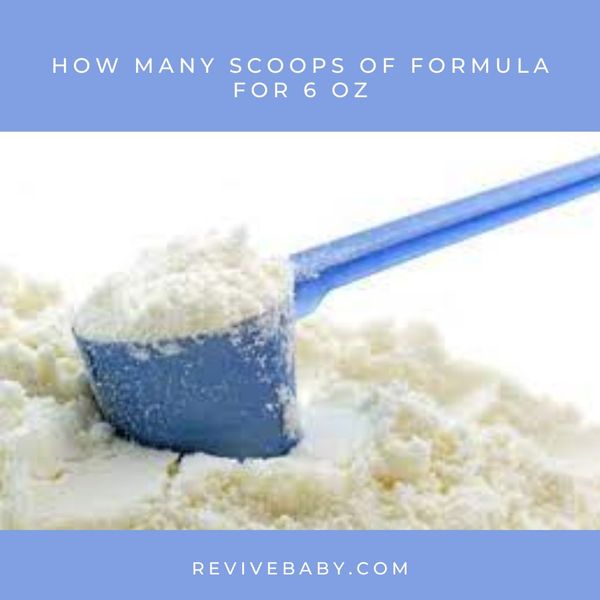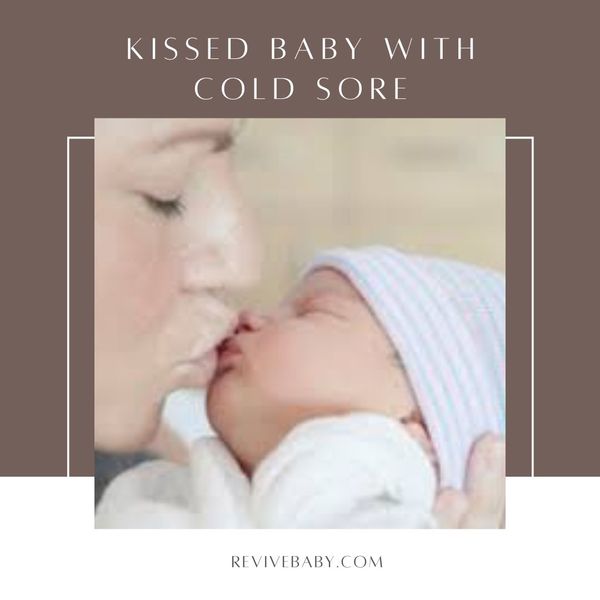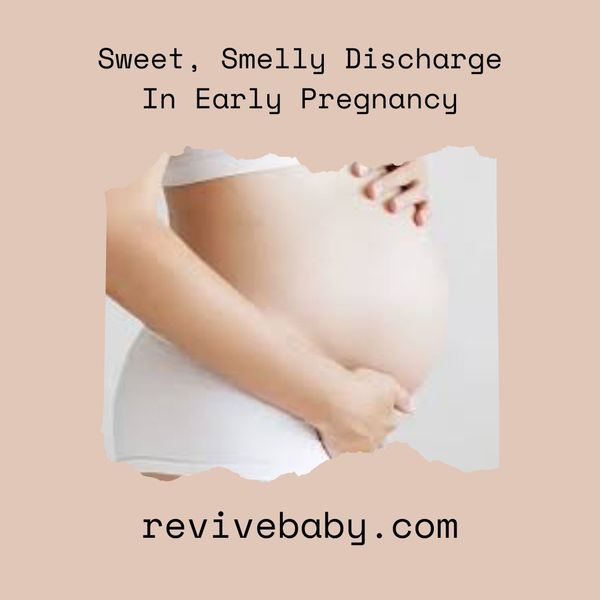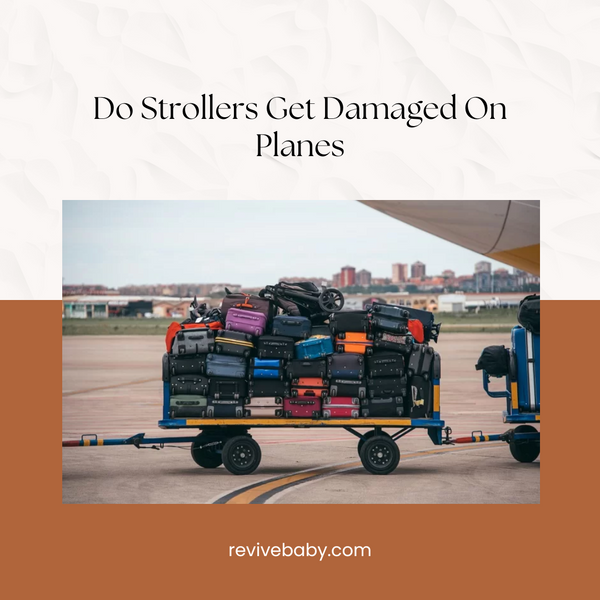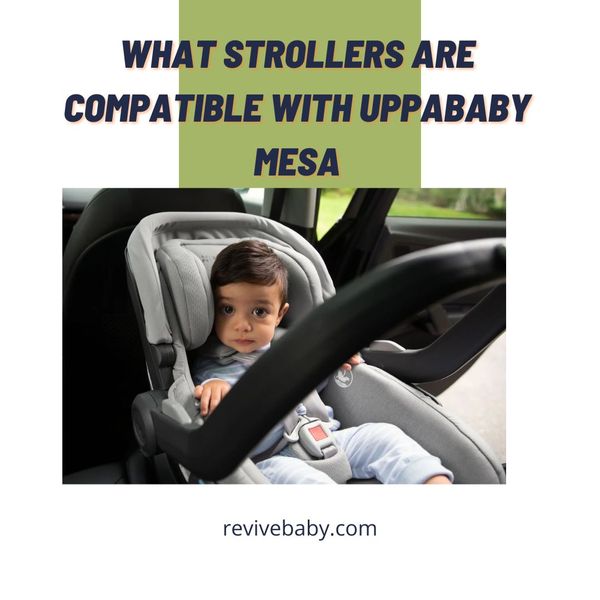Unfortunately, not all toys can be washed in the washing machine. Some are made with materials that aren't safe for water or soap. Others have parts that would fall off in the wash. And some of them don't need it!
You can clean them using disinfectant wipes or a damp cloth with mild detergent.
This guide will cover whether it is safe to incline your baby's mattress and how you can transition them into a more reclined position.
You must observe your child sleeping with a lovey. It is necessary to keep your child's lovey washed and cleaned so that he remains safe from germs and unhygienic conditions near their mouth.
The most important thing to remember is that babies put everything in their mouths. So, even though your baby might not eat solid food, they're still sucking on everything.

How To Clean Baby Toys That Can't Be Washed?
So many toys around the house can be and can't be washed! You should be very careful about what you buy because it's not worth it to always clean them.

If Toys Are Not Washable
Here are some steps on how to clean baby toys that can't be washed:
- Remove any removable parts from the toy and set them aside so they don't get lost.
- If there is any food residue on the toy, wipe it off with a damp cloth or sponge and warm water (ensure not to use hot water as it may melt plastics). If there are stains on the toy that won't come off, try using an upholstery cleaner instead of soap and water - these products don't contain chemicals that can damage plastic toys like dish soap does).
- Once your child's toy is clean, wipe down any remaining surfaces with a disinfectant spray or solution (this step isn't necessary if you've already washed your child's hands before playing with their toys).
It would prevent bacteria from building up on the surface and keep odors at bay by killing off germs that can transfer through contact with your hands if you handle them after cleaning with soap and water.
If Toys Are Washable
Here are some tips:
- Rubber ducks, dinosaurs, hippos, and other similar items can be cleaned using warm water and mild dish soap. Use a clean cloth or paper towel to rub the toy's surface until it is clean. If you find any stains, use a cotton swab dipped in rubbing alcohol or vinegar to rub them away. Rinse the toy thoroughly under warm running water before drying it.
- Soft cuddly animals should be machine washed on a gentle cycle in cold water using mild detergent (no bleach). Lay flat to dry or tumble dry on low heat. They may shrink slightly after washing, but this will not affect their usefulness as a cuddly companion for your child.
- Plastic stacking rings are portable enough to take along when traveling, but they can still get dirty! For quick cleanup at home, rinse off with warm water if necessary and wipe down with a damp cloth or sponge. You can also use an old toothbrush to scrub out any stubborn dirt.
- If you don't have time to wash the whole set, you can remove the pieces of the toy that are getting dirty and wash them by hand or in your dishwasher.
- If your baby's toys are made of wood, don't soak them in water for long periods — it can warp and break the wood. Instead, clean them with a damp cloth after playtime so they'll be ready for next time!
How To Clean Soft Toys?

Soft toys, like stuffed animals, can be cleaned with a disinfectant wipe or a damp cloth and mild detergent.
Use a disinfectant wipe on the toy.
- Wipe the toy's exterior with a damp cloth and mild detergent, then rinse it in warm water to remove any residue.
- Wash your soft toys in warm, not hot water with mild detergent available at any grocery store or drug store if you do not have access to baby laundry detergent.
If you have time before your next feeding or change-out cycle, wash each item separately by hand so that it gets extra attention.
Using Soap And Water
When you can use soap and water, clean the toy with a sponge or microfiber cloth, rinse it with clean water, and wipe it dry.
When your baby is old enough to wash themselves, they can clean their toys.
They will also be able to help you do this job as well.
Using Alcohol-Based Hand Gel
If you do not have access to soapy water, use an alcohol-based hand gel or wipes.
Make sure the gel is alcohol-based and not hand sanitizer, as it can leave a residue.
Then clean and dry the toy before giving it back to your child.
Plastic Toys Shouldn't Be Left In Water For Long

If you have plastic toys, it is important to remember that they can not be left in water or detergent for long.
Plastic becomes brittle and difficult to clean if exposed to the elements over a long period.
If your child's toy has become discolored or sticky after being washed, try using an alcohol-based hand gel or wipes on the surface instead of soap.
You can also use mild detergent on a damp cloth and wipe away any residue from the cleaning process.
It may work better than regular soap.
Visit Also: What To Eat After C-Section For Fast Recovery?
How To Disinfect Baby Toys Without Bleach?

If you want to disinfect baby toys without bleach, here is how:
- Fill a bowl with water and add 1/2 cup salt and 1/2 cup baking soda.
- Mix it with your hands, then let it sit for an hour or so.
The salt will draw out bacteria and germs in the water, while the baking soda kills them.
- Rinse the toys in warm water and dry them thoroughly before giving them to your child.
How To Clean Baby Toys At Home?
Even if a toy is not immersable in water, there are safe ways to clean it.
You can use disinfectant wipes, a damp cloth, and mild detergent to wipe off dirt and dust.
Suppose your baby's favorite toy is an old-fashioned stuffed animal passed down from generation to generation. You should rinse it thoroughly before placing it in the washing machine with dirty clothes.
After rinsing, use a sponge or microfiber cloth that does not require soap to gently remove any remaining grime from the toy's surface, then let it air-dry before giving them another cuddle session.
How To Clean Baby Toys Naturally?
We understand it cannot be easy to figure out how to clean baby toys naturally, especially if you have never done it before.
That is why we are here to share some tips with you:
- Keep them away from food and water sources.
Raw foods and liquids can cause bacteria to grow on baby toys, making them smell bad or even get moldy.
It is important to keep these toys away from sources of bacteria like sinks or counters, so make sure they are kept in plastic bags or containers until you are ready to clean them and replace any broken parts.
- Use warm water and mild soap
It may sound counterintuitive, but warm water with mild soap makes cleaning easier because it softens the toy's surface so that dirt does not get trapped in crevices that would otherwise be difficult to clean.
- Boil the toy
If you have time, boil the toy for five minutes before rinsing it with hot water and letting it air dry completely.
It will leave the toy cleaner than ever.
Our Final Thoughts
Dear reader, this blog aims to inform you of some ways you can clean baby toys that are not washable.
By following the instructions that we have provided, you can avoid having to take the toy to a laundromat or spend hours cleaning it yourselves.
We hope this information helps you clean your baby's toys.
If you have any questions, please feel free to ask in the comments below.
Thank you for reading!
Some people are confused about whether is it bad luck to buy baby stuff early, read our guide whether it's reality or myth.
